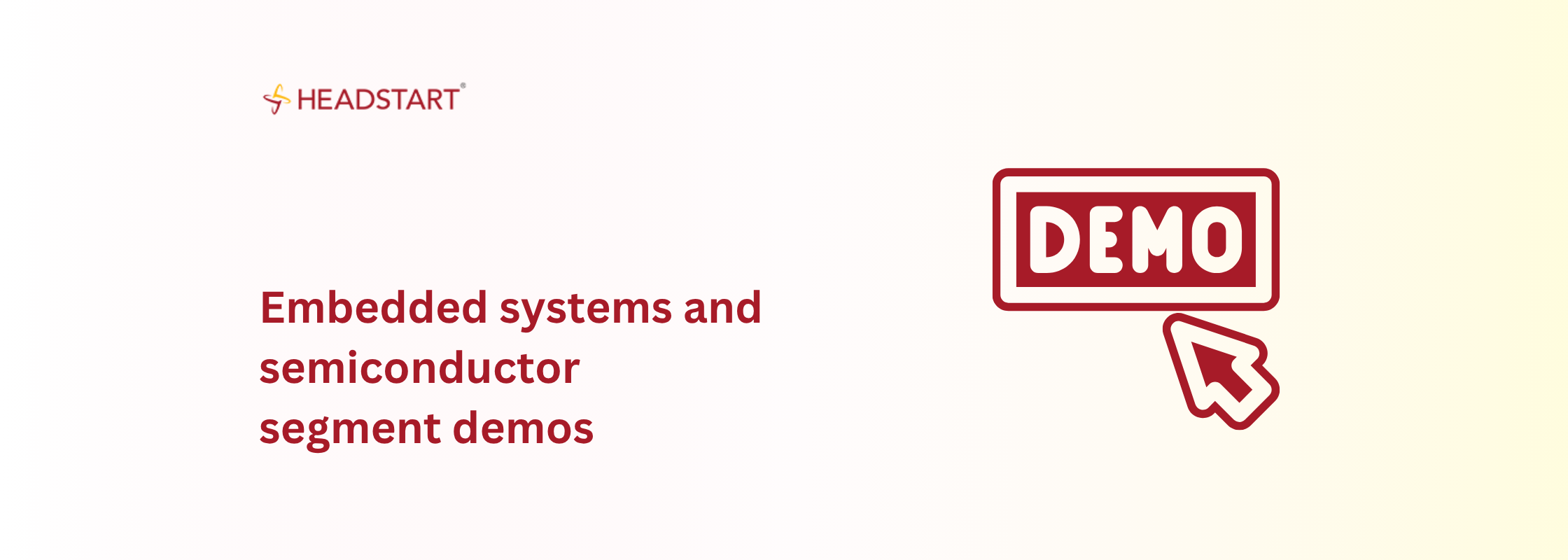
Embedded systems and semiconductor segment demos
Headstart Network Foundation
January 19, 2008 8:00 PM
These are the kind of people who keep away from the limelight which is usually haogged by the internet-mobile guys. Most of the founders of these companies are from TI (Texas Instruments).
BioEnable: They showcased their non-metallic active RFID tag ‘AeroTag’ that can have no issues that normally plague a metallic tag. They say that their product will be able to track multiple tags passing near a reader. So, it will be able to track who is moving in or out of a room. BioEnable also won the award of Best Emerging Company of the Year 2007 , from Frost & Sullivan in New Delhi for Electronics Access Control systems.
Vayavya: These guys claimed to make device drivers out of this air! So, I was waiting for their demo. What I found was that they really do that. They have developed a language called DPSL (Device Programming Sequence Language) in which a manufacturer needs to represent the sequence of his devices’ registers. This standard representation of registers makes it a very simple task write device drivers for a new hardware. This would solve some of the key time-to-market and interoperability issue with small hardware manufacturers. Interesting, isn’t it?
iWave: They demoed their latest iW-RainboW-G3 video encoder/decoder. This is motherboard refernce design for ODM/OEM market which can be fit in larger systems like the portable media players, video telephony devices and security/surveillance devices. It has H.264 and MPEG4 technology and the design has rugged components for enabling WiFi, USB, ethernet or card based access of data. The USP is rugged design (operating temp -30 to 80 deg Celsius) and purported low cost of end-equipment.
Mango: You might recall that Mango is one the top innovators in a recent NASSOM study. They are bringing the BoP (Bottom of the Pyramid) approach to mobile platforms by enabling is called as the ULCH – Ultra Low Cost Handset. They have primarily made a platform abstraction layer which sits directly on the hardware above which middleware and application layers sit. The USP is the small size of application image that the development platform can create. Imagine reducing the cost of a handset to as low as $15-20 apiece. There are surely interesting times ahead!
-Posted by Arpit
